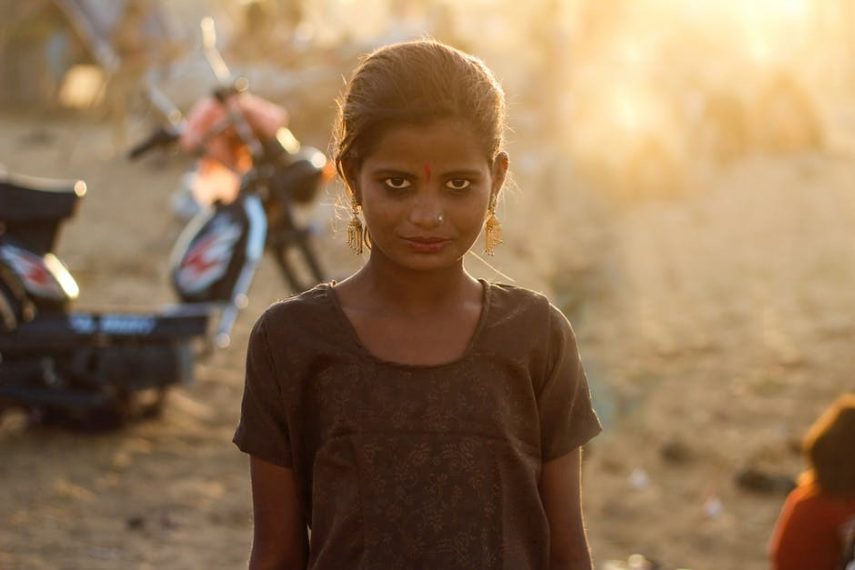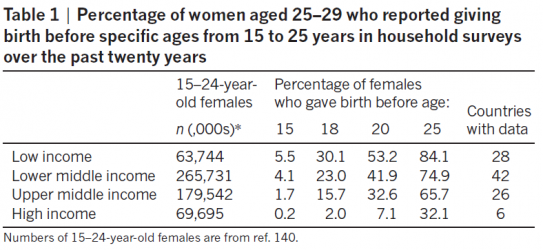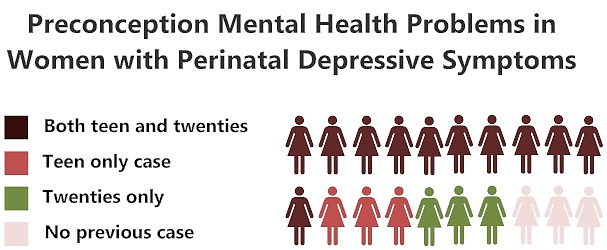 The Melbourne Children’s Campus, at the Royal Children’s Hospital hosts some of the longest running and most respected longitudinal studies of development anywhere in the world. The ATP Generation 3 Study, and the Victorian Intergenerational Health Study, are the oldest and are now following offspring in the next generation which is rewriting our understanding of human social development. Much of the conceptual thinking behind this work has been published in an article in the February 2018 edition of Nature. This fascinating paper argues that tackling health problems including obesity, mental health, poor nutrition and substance abuse in young people before they become parents is essential for the best possible start to life for their future children.
The Melbourne Children’s Campus, at the Royal Children’s Hospital hosts some of the longest running and most respected longitudinal studies of development anywhere in the world. The ATP Generation 3 Study, and the Victorian Intergenerational Health Study, are the oldest and are now following offspring in the next generation which is rewriting our understanding of human social development. Much of the conceptual thinking behind this work has been published in an article in the February 2018 edition of Nature. This fascinating paper argues that tackling health problems including obesity, mental health, poor nutrition and substance abuse in young people before they become parents is essential for the best possible start to life for their future children.
Paper Overview
The paper brought together data from around 200 countries and from more than 140 recent research papers. It considered mechanisms other than genes for how health and growth was transmitted between generations, including changes in a father’s sperm or a mother’s ovum, maternal influences around the time of conception and in later pregnancy, and parenting in the first two years after birth. (A model of potential pathways is provided in the figure to the right).
In high and middle income countries, the paper highlighted three main areas for action in adolescence: mental health, obesity and substance abuse. Both depression in pregnancy and after birth are generally a continuation of pre-pregnancy mental health problems that date back to adolescence. There is a rapid increase in obesity across adolescence and young adulthood. Maternal obesity during pregnancy predicts later childhood obesity, poorer cognitive skills and greater childhood behavioural problems. Smoking, alcohol and drug use also rise steeply in adolescence with consistent and clear evidence that persisting maternal tobacco, alcohol, cannabis and other illicit drug use in pregnancy adversely affects offspring growth and development. Stopping use when a woman recognises she is pregnant may be too late to address the early effects on a baby.
For many lower income countries, recommendations include ending child marriage, delaying first pregnancy through contraception and girls staying in school, and tackling under-nutrition. The paper questioned the age range of adolescence suggesting that physical and neurological growth continues into the 20s. This, combined with social changes such as the later adoption of adult roles, meant adolescence was better considered to range between 10 and 24.
The changing nature of adolescence
- An extended adolescence brings benefits for the next generation from well-nourished and better educated parents; it may also have downsides with risks related to greater parental mental health problems, obesity and substance abuse.
- Global megatrends are changing patterns of adolescent health, development and wellbeing: this has implications for the healthy start to life for the next generation.
- Adolescence occupies a greater proportion of the life course than ever (10 to 24 years of age). This shift has major implications for health across the life course and for the next generation.
- Today’s adolescents will be the largest generation to become parents in human history. We need to invest in their physical, social & emotional development to guarantee not only their future health but that of their children.

Adolescent pregnancy and nutrition
- Plummeting adolescent birth rates in many countries will bring many economic benefits as well as a better start to life for children: a triple dividend of benefits for adolescents now, into future adult life, and for the next generation of children
- 30% of girls in low income countries become a parent before 18 years; this diminishes their potential and that of their children; early pregnancy for girls in low resource settings results in biological competition with her offspring for scarce nutrients at a time when she needs them for her own growth nutrition
- Anemia rates rise in girls from puberty particularly in LMICs. 40% of girls in low income countries then enter pregnancy with anaemia, with major consequences for their wellbeing and the growth of their babies
- There is growing evidence that a father’s sperm passes information about the environment onto the next generation with effects on early growth and development
- Animal and human studies suggest that paternal diet, obesity and substance use affect sperm with effects on the growth and metabolism of their offspring
- Maternal nutrition and substance use in the first weeks after conception affect the gene switches that affect the early life growth of offspring


Adolescent mental health and wellbeing
- Adolescence is a crucial time for acquiring the assets needed for being an effective parent: these include education and employment as well as the social and emotional skills for the best possible care of children
- Maternal depression affects a child’s development before birth and after. As it nearly always follows mental health problems that began before pregnancy, we need to act on young women’s mental health before pregnancy
- Both depression in pregnancy and after birth are generally a continuation of pre-pregnancy mental health problems that date back to adolescence
- In high income countries, the highest rates of substance use now coincide with the time of first pregnancies; we are only beginning to understand the effects of both maternal and paternal substance use on a baby’s early development
- Rising rates of adolescent and young adult obesity, mental health problems and substance abuse are now major threats to a healthy start to life for the next generation
- In high income countries 30 to 40% of women and men are obese at the time of first pregnancy; developing a regular pattern of exercise, healthy diet and weight loss before pregnancy begins is essential
- Timing matters. Maternal drinking more than 3 standard drinks a day carries clear risks for fetal growth and development. But only stopping alcohol once a woman knows she is pregnant is starting too late


Practice and Policy Implications
- Educating girls and delaying marriage in low resource settings are some of the best investments we can make in the health and development of the next generation
- Health service systems need to grapple with how to provide comprehensive and integrated care for adolescents and young adults in the years before first pregnancy
- Boys and young men have an essential role to play in guaranteeing the health of their offspring, both in terms of their own lifestyle and behaviour and its effects on their partners
- Providing the resources for healthy adolescent growth, education and emotional development will yield large benefits for current + future generations (Triple Dividend) for youth now, youth as adults, youth as parents

Article citation
Patton, G. C., Olsson, C. A., Skirbekk, V., Saffery, R., Wlodek, M. E., Azzopardi, P. S., Stonawski, M., Rasmussen, B., Spry, E., Francis, K., Bhutta, Z. A., Kassebaum, N. J., Mokdad, A. H., Murray, C., Prentice, A. M., Reavley, N., Sheehan, P., Sweeny, K., Viner, R. M., & Sawyer, S. M. (2018). Adolescence and the next generation. Nature, 554(7693), 458–466. https://doi.org/10.1038/nature25759
This article was first published by The Australian Temperament Project. Read the original article.



